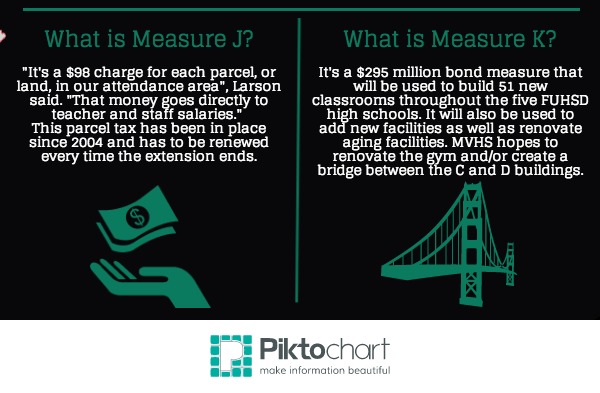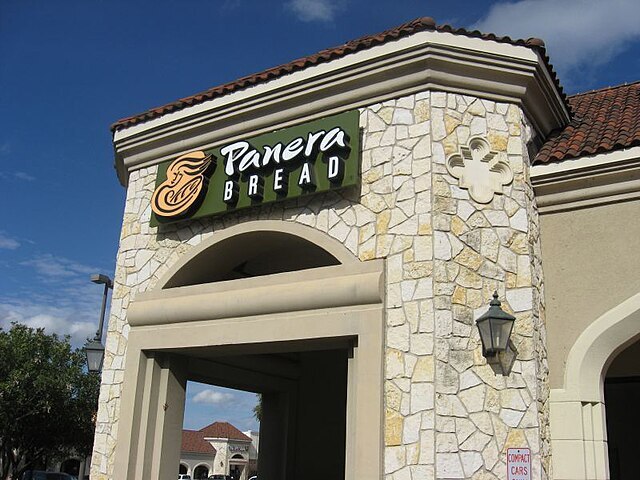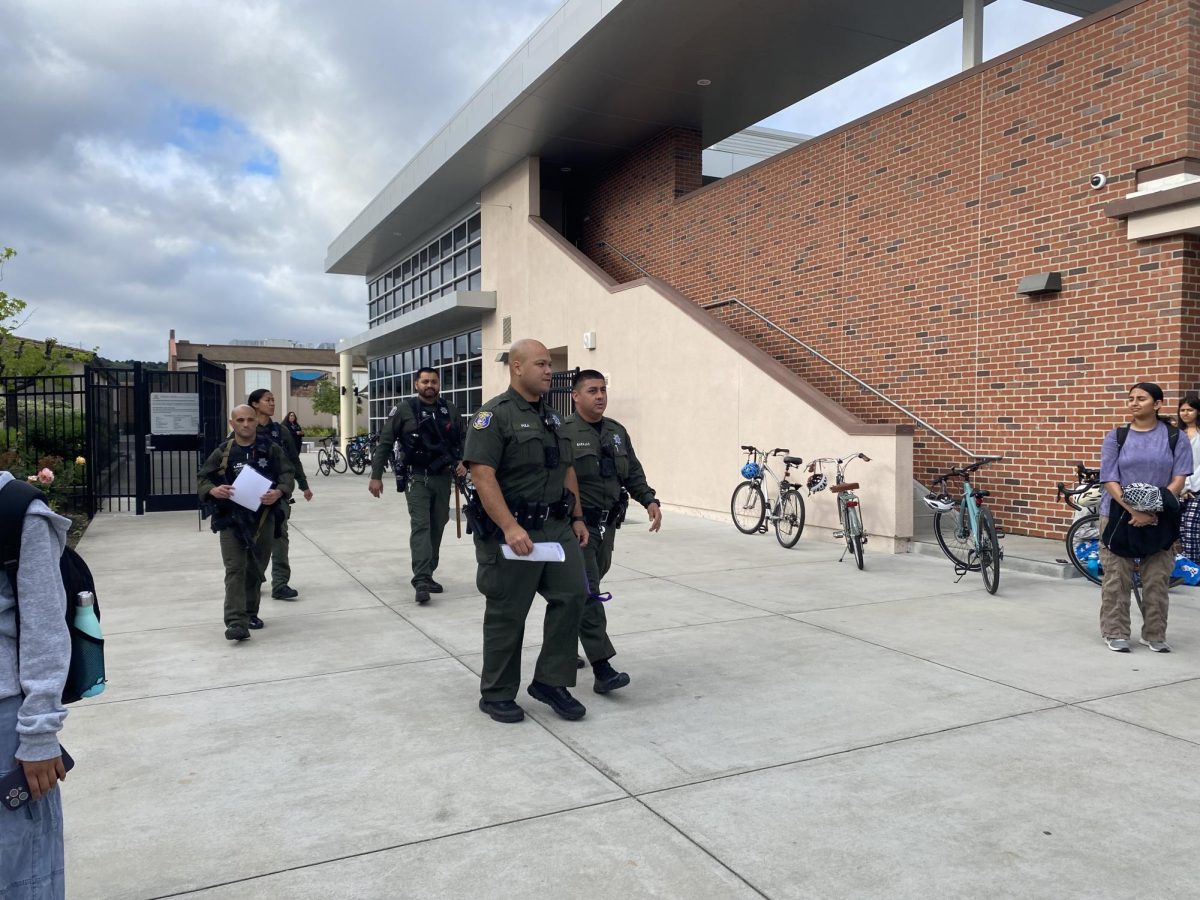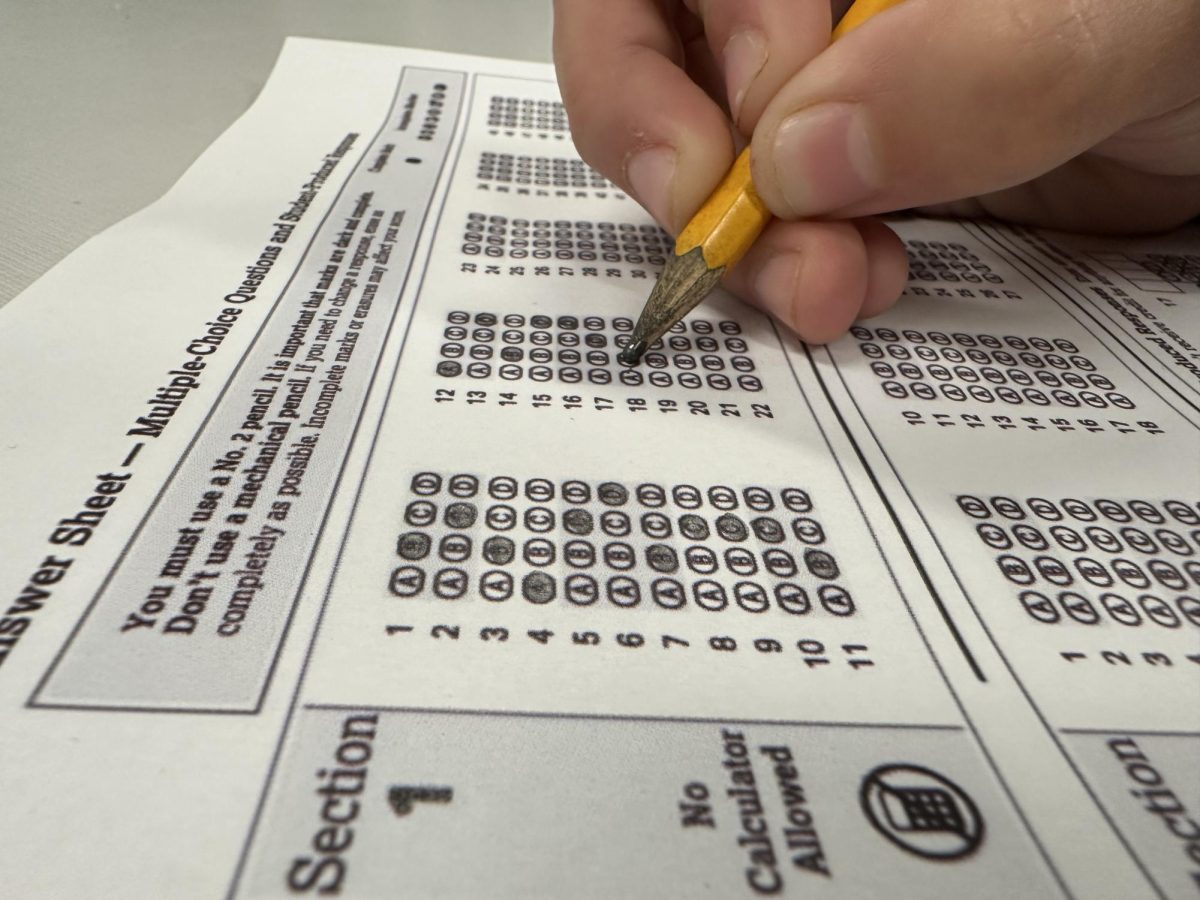On Nov. 4, Measures J and K were both passed. Measure J, which has existed since 2004 and has to be renewed every few years, is a $98 tax for each plot of land in the district attendance area. It is mainly used to fund the district’s teacher and staff salaries. Measure K is a $295 million bond measure that will be used to fund the construction of new buildings, as well as the renovation of old buildings throughout FUHSD.
According to FUHSD Communications Coordinator Sue Larson, each school creates a master plan that includes what is of dire need as well as what would be beneficial to each of the five schools. Then, a Citizens Oversight committee, an elected group that makes sure that bond money is used for the purpose that the voters voted for, looks over the plans and makes decisions about how to best allocate the money obtained from Measure K among the schools.
Why were these measures passed?
Despite having four National Blue Ribbon Schools: Homestead, Monta Vista, Cupertino, and Lynbrook, it has been difficult for the FUHSD to pay its teachers as well as fund large renovations of the schools, most of which have facilities that are close to or over 50 years old. An example of a problem that lack of funding caused was in 2010 when FUHSD was unable re-hire seven teachers due to budget cuts. In addition, the district expects an influx of 1,800 new students by the year 2020, which will mean more teachers and facilities, according to both Dean of Students Nico Flores and Larson.
To supply the money for this, FUHSD needed the parents’ votes on Measure K. But although it was the parents who voted to pass these measures, it was the students who spread the word and explained the situation.
Larson credits the success of the Measures J and K campaign primarily to students taking initiative and persuading adults that this was a problem that affected them. One activity that many students participated in was phone banking where had a large impact in attracting voters.
“Some of our most powerful and compelling calls came from students”, Larson said.
Many were also part of a “neighborhood walk” midway through the election in order to encourage community members to vote before it was too late.
“I would venture to say that we may not have been successful without the help of the students,” Larson said.
However, these students will have already graduated by the time big changes to the district are made. Because that is the case, Larson says that it is the personality of the students and their selflessness towards the future of their community is what has made the difference in the campaign.
“The students that are now in school will most likely not benefit from some of these really big improvements,” Larson said. “And yet it speaks to their character and their heart because they were willing in big ways to help spread the word and be part of this campaign.”
How will our school use the money?
According to Flores, money from Measure J will be used to hire quality teachers as well as maintain high teaching standards in order to live up to the school’s reputation. This will allow students to receive a better education and get more value out of the classes they take.
For Measure K, Flores said that Administration is considering several facilities for renovation but won’t be able to fulfill all their wishes, since all five schools have to share the money.
One of these is to renovate the gym so that it could be of better use to PE classes, and sports teams. There is a large area above the Student Center that is minimally used; Flores believes this can be used more effectively by possibly designating classes in that area. Another idea being considered is adding a bridge between the C and D buildings.
“I think Measure K really gives an opportunity to look at it and address it,” Flores said regarding the idea of the bridge. “Is it feasible? If it isn’t feasible, how can we create something that’s similar so that kids can access buildings easier?”
Many of the ideas that Administration is considering have come from students through several different mediums. One is Legislative Council, which holds bi-monthly meetings in the auditorium during tutorial that gives students the opportunity to express the viewpoints of their peers to administration. Another method is the World Literature TED project and the American Studies lobbying project. These give students the chance to not only express their ideas about what should be changed at MVHS but also offer a proposed solution to these problems. These student ideas have led to change in the recent past, as Flores said that the motivation for building the new cafeteria was largely because of the students’ voice.
The measures passed will not have much effect on the students at MVHS as changes are expected to be made by 2020 to accommodate the projected increase of students in the district. However, because of the current FUSHD students’ efforts, these measures were passed so future students could have a stronger education and higher level learning environment.






















